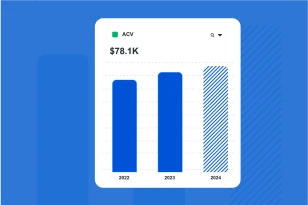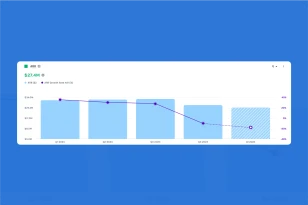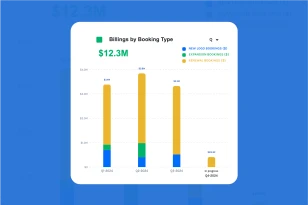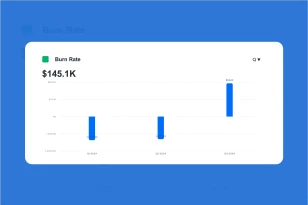What is Average Revenue Per Customer (ARPC)?
Average Revenue Per Customer (ARPC), also known as Average Revenue Per User (ARPU), is a key financial metric that represents the average amount of revenue generated by each customer within a specific period, typically on a monthly or annual basis.
Why is it Important to Measure ARPC?
Measuring Average Revenue Per Customer is important for several reasons:
- Revenue Analysis: ARPC provides a snapshot of the average contribution of each customer to the overall revenue of a business. It is a crucial metric for understanding the financial health of a company.
- Customer Segmentation: ARPC allows businesses to segment their customer base based on their revenue contributions. This segmentation can inform marketing and sales strategies, with different approaches for high-value and low-value customer segments.
- Pricing Strategies: ARPC is a fundamental factor in pricing strategies. It helps businesses set pricing tiers and determine the value of different subscription plans based on the revenue generated per customer.
- Performance Benchmarking: Tracking ARPC over time enables businesses to benchmark their performance and assess the effectiveness of marketing and sales efforts. Changes in ARPC can indicate shifts in customer behavior or the success of upselling strategies.
How Do you Calculate ARPC?
ARPC is calculated by dividing the total revenue generated by a business by the total number of customers during the same period.
ARPC Formula
Total Revenue / Number of Customers
For example, if a business generates $100,000 in total revenue and has 1,000 customers during a specific period, the ARPC would be $100.
ARPC can be calculated for different periods, such as monthly or annually, depending on the business’s reporting and analysis needs.
How To Improve ARPC?
Improving Average Revenue Per Customer involves strategies to increase the average value of customer transactions or subscriptions. Here are key approaches:
- Pricing Optimization: Regularly review and optimize pricing strategies. Consider introducing different pricing tiers, upsell opportunities, or bundling features to increase the overall value of customer transactions.
- Upselling and Cross-Selling: Identify opportunities to upsell additional products or features to existing customers. Cross-selling complementary services can also contribute to higher ARPC.
- Regular Account Reviews: Conduct regular account reviews with customers to identify opportunities for upselling. Understanding their evolving needs allows for targeted discussions about additional services or features.
- Benchmarking and Competitor Analysis: Benchmark ARPC against industry standards and analyze competitor pricing strategies. Understanding market benchmarks can inform decisions about pricing and transaction values.
By focusing on these strategies, businesses can work towards improving their Average Revenue Per Customer, leading to increased revenue per customer and enhanced overall financial performance. Regular monitoring, analysis, and adaptation based on performance data contribute to sustained improvements over time.




